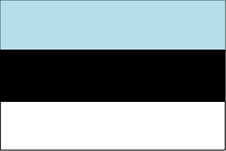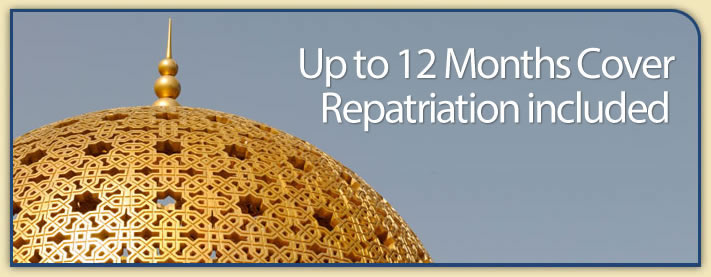Country Guide • Estonia

Estonia was a former republic of the USSR. It is bound by Latvia to the south, Russia to the east, the Baltic Sea to the west and the Gulf of Finland to the north. The country is generally low lying with ridges and hills that rise in the interior and to the south east. It has numerous lakes and forests and many rivers. Sharply indented cliffs line a narrow, low lying strip along the north east coast whilst a broad plain along the west coast is low and sandy. More than 30% of the land area is waterlogged and the largest of Estonia's islands are Saaremaa and Hiiumaa.
| Official Name | Republic of Estonia |
|---|---|
| Area | 45,226km² (17,462mile²) |
| Population | 1,408,000 |
| Continent | Europe |
| Population per mile² | 81 |
| Capital City | Tallinn |
| Religions | Evangelical Lutheran 65%, Russian Orthodox 10%, 9% Estonian Orthodox, 10% other beliefs including Baptist, Methodist, Seventh-Day Adventist, Roman Catholic, Pentecostal, Word of Life and Jewish |
| Language | Estonian |
| Government | Parliamentary Democracy |
| Member of EU | No |
| Currency | Kroon |
| GDP | $15.2 billion |
| GDP per Head | $10,900 |
| Natural Resources | Clay, dolomite, limestone, oil shale, peat, phosphorite, sand and timber |
| Land Use | Arable Land 26% |
| Agriculture | Potatoes, vegetables, livestock and dairy products and fish |
| Industry | Food, clothing, oil shale, metals, wood and wood products |
| Tourism | 2.5 million tourists travel to Estonia every year now. Its rolling hills, streams, lakes and dense forests of Southern Estonia turn it into a hiking, biking, horseback riding, watersport, camping and fishing resort in the summer and a skiing centre in the winter. The bustling small towns and picturesque villages still carry the stories of pagan legends and fairy tales. Numerous folklore festivals of traditional arts and crafts are genuine expressions of a thriving local culture, not merely staged for visitors. In North Estonia which is nearer to the Russian border you can discover the mix of Russian and Estonian cultures. The famous Russian city of Saint-Petersburg being at easy reach from there. Neo-classicist manor houses and ancient ruins contrast with the remains of the Soviet industry in the region. Vast national parks and scenic landscapes can also be found it this region |
| Natural Hazards | Occasional flooding in the spring |
| Health Risks | Summer visitors travelling to forested areas should seek medical advice about inoculations against tick-borne encephalitis |
| Climate | Estonia has a transitional climate from maritime along the coastal region to a continental climate in the interior. Average annual rainfall varies from 24 to 28 inches while average temperatures ranges are from -3 to -7°C in January to 15 to 18°C in July |
| Time | GMT/UTC+2 hours |
| National Days | February 24 |
| Visas | Visitors from UK, northern, central and eastern European countries, Australia, New Zealand, Japan and the USA do not require a visa and can remain in Estonia for up to six months in any 12-month period |
| British Embassy | Embassy Details |
Information Only
The content above is for information purposes only and we have tried to ensure that the information is as accurate as possible. We cannot accept any responsibility for any inconvenience, loss or injury as a result of the information above. You should always check and verify any critical information like visas, health and safety and customs with the relevant authorities before you travel since information can change at any time.



